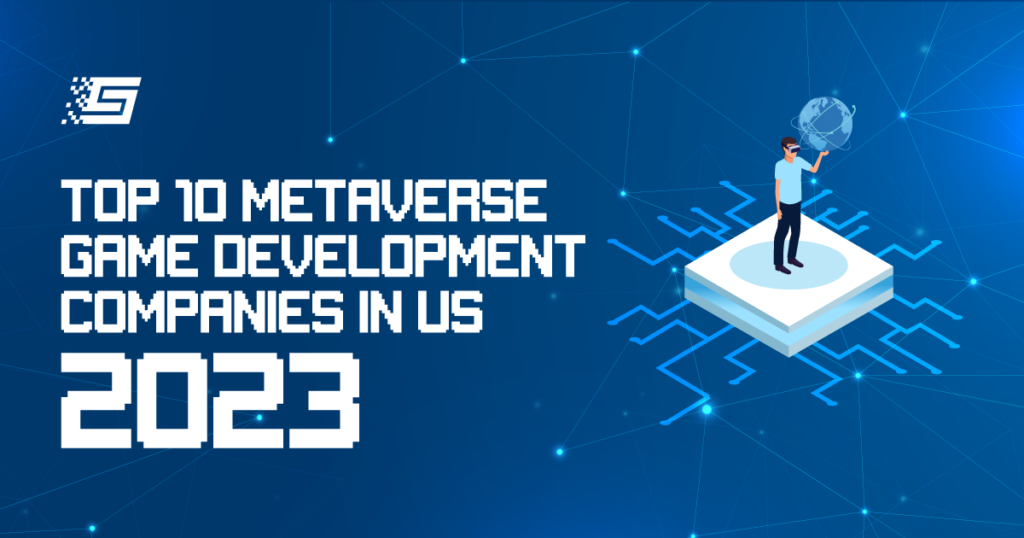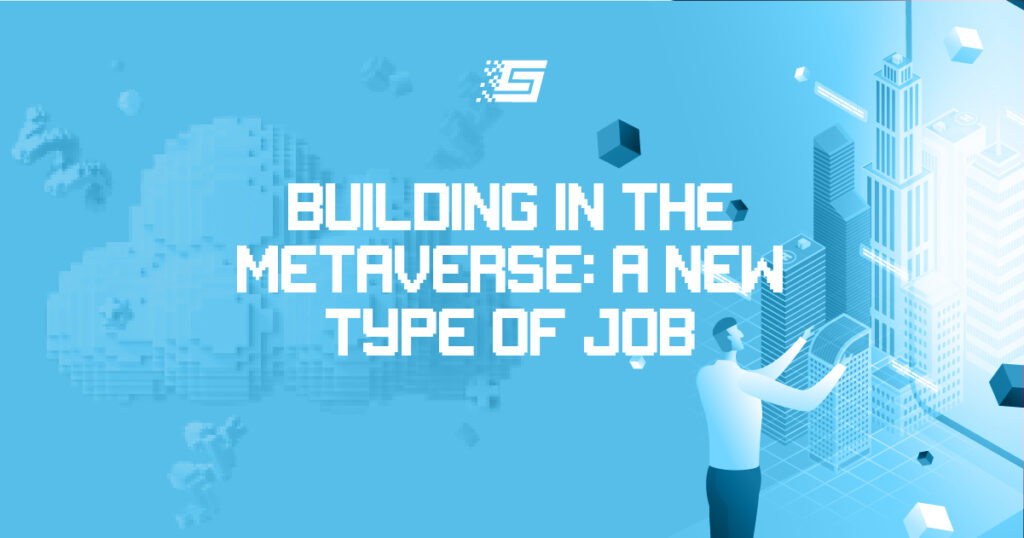Having Fun With Blockchain Gaming (P2E)
A Fun New Era for Gaming
The gaming industry is at breakneck speeds. It is currently valued at around $180 billion, with indicators predicting this figure to surpass $300 billion within five years.
Most games will boast their own marketplaces where users can buy, sell and exchange items like avatars or weapons. The thing is, they probably don’t own any of it, even if they paid for it with their real money. The reason for this is because, for most of gaming history, developers have used a centralized model, which means they control and own all aspects of the game. Because of this model, players spend a lot of time but don’t have actual ownership over their accounts or teams.
This model also has other limitations, including a lack of transparency and the potential for manipulation of game mechanics.
Players will have taken notice that the significant amount of time they invest in virtual experiences offers little in return. Many have started to look for ways of monetizing their gaming hobby. However, with the exception of eSports, there haven’t been many opportunities for amateur players to cash in on their gaming efforts up until recently.
Blockchain games provide a genuine opportunity for users to earn while gaming. By making players and not the developers the primary financial decision-makers, P2E crypto gaming (play-to-earn) looks like a sound alternative.
We believe in the old saying, “it matters more when there’s money on it”! So, let’s take a look at how it all works firstly, and then we’ll show you how to get started earning through gaming.
What Are blockchain games?
Blockchain technology functions as a recording and storage ledger system for digital information.
A network’s transaction history is publicly available with blockchain. Cryptocurrencies like Bitcoin and Ethereum run on this technology, which opens up a world of possibilities in virtual economies – and the game developers of today quickly realized this potential.
Blockchain introduced fair, decentralized virtual markets. Players get to have a real say in how they feel the games should work as centralized organizations no longer have full control over the whole gaming experience. However, the potential of blockchain gaming extends far beyond powering in-game economies.
Comparison to the Web2 Model
Ownership: blockchain-based gaming enables players to have real ownership as well as total control over in-game assets, typically represented by unique non-fungible tokens (NFTs).
Interoperability in Metaverses: linking in-game assets to blockchain tokens allows players to trade across different game markets. The traditional model only permits the use of assets on the platform they were collected on.
A Fair Experience: Web3 games enable an open and transparent ecosystem, distributed fairly. The players are in charge of game dynamics and can vote on decisions regarding changes within the game. This also solves the problem of cheaters spoiling the experience.
Creativity: with the centralized server model, developers could choose to shut down a game at any time. In blockchain games, however, players can continue playing even if developers are not involved anymore. Users organically grow these games with new assets and alternative narratives.
NFTs = Fun
Two main features make blockchain games unique: the integration of cryptocurrencies used for in-platform payments, as mentioned previously, and also, the use of NFTs.
NFTs represents a significant step forward as they permit users full ownership of unique assets, with the option of trading or transferring between platforms. Much like real-life economies, you can make money by utilizing marketplaces within blockchain games.
Players can earn tangible rewards for their NFT creations, while people with artistic inclinations can design and sell their collectible items. The potential for NFTs is immense, and game developers are only just getting started.
Can You Really Make Money With Blockchain Games?
Some entered the world of gaming purely to become investors, while others actually made it their full-time occupation.
In 2017, CryptoKitties became the big driver of this revolution. Their platform allows players to buy, sell, and create virtual kittens, taking the form of NFTs, meaning each kitten owned is a unique, collectible digital asset.
Scarcity has always driven the value of assets up, and this applies to NFTs in the same way. The rarer the NFT, the more value it holds. One Cryptokitten was once sold for $172,000!
This began a thriving market for NFTs. Sales on CryptoKitties notably crashed the Ethereum network through sheer volume of traffic. The game’s massive success in just under a week (as we highlighted in a previous blog entitled A Decentralized Metaverse) has kickstarted a fun new trend, with a range of other Web3 titles developed since then.
Getting Started With Some Fun Blockchain Games
So if you are convinced by what you’ve just read, it’s time to get gaming.
Firstly, you need a computer or mobile device. The next step is to pick an exchange platform for converting your money into cryptocurrency. You may want to consider purchasing some Ether, as a vast amount of blockchain games are based on the Ethereum network.
Now you’ve got some Ether, you will need to find a digital wallet to store it and keep it safe. There are many options to choose from, and most have a user-friendly interface that is easy to navigate. Then, all that’s left to do is choose a game to play, and you’re all set.
Which Crypto Games To Try?
The metaverse experience literally has infinite fun possibilities, with gaming at the forefront as it stands.
Two of the longstanding leaders in the Web3 space are The SandBox and Decentraland. Axie Infinity is another leading metaverse gaming platform that is worth a try.
What’s In Store For The Future?
Compared to traditional Web2 gaming, blockchain gaming has a long way to go before wide-scale adoption. It is still very much a niche, but that’s not to say it can be scoffed at. There are now hundreds of games in the space racking up millions of players, with many more in development.
None of the points outlined above were possible in traditional centralized gaming. As more blockchain games emerge and grow, the bigger the incentive for players to join in on a fairer and more transparent virtual experience.
Written by: Tyler
Follow me on Twitter!


